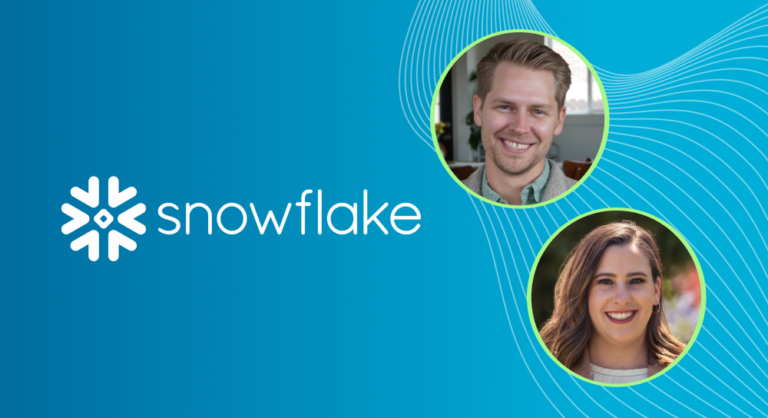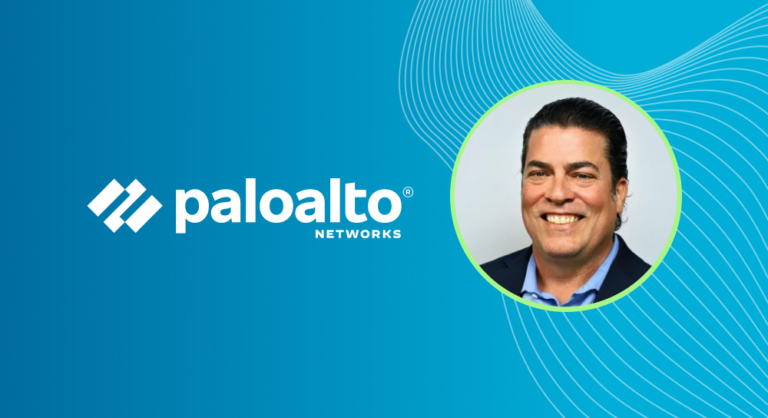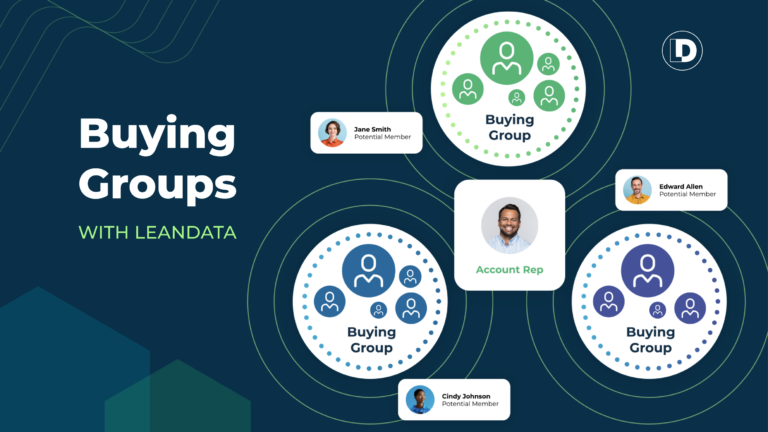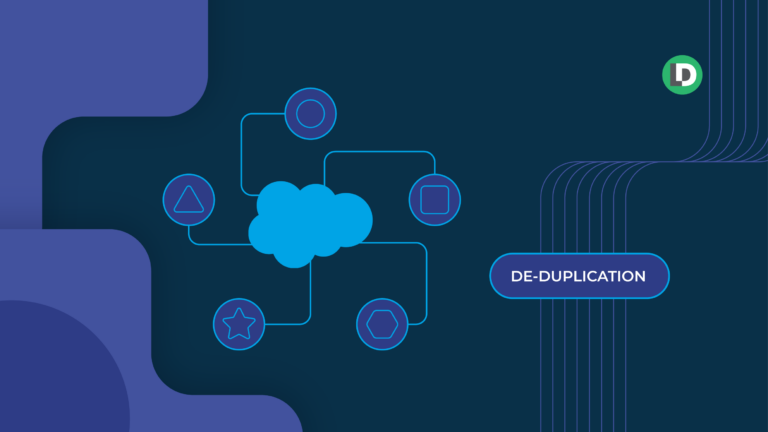So many AI sales tools…how do you pick?
Hundreds of AI startups and new enterprise features have exploded onto the market, all promising dazzling results and fast ROI. If you’re still in the earlier stages of AI adoption, it can be hard to choose which ones are right for your sales team.
So, to cut through the noise and create an AI-supported sales strategy, start with one of the most impactful areas for AI in B2B sales: pipeline generation.
This category of AI sales tools can shorten the sales cycle, increase win rates, and drive revenue at scale.
Let’s take a closer look.
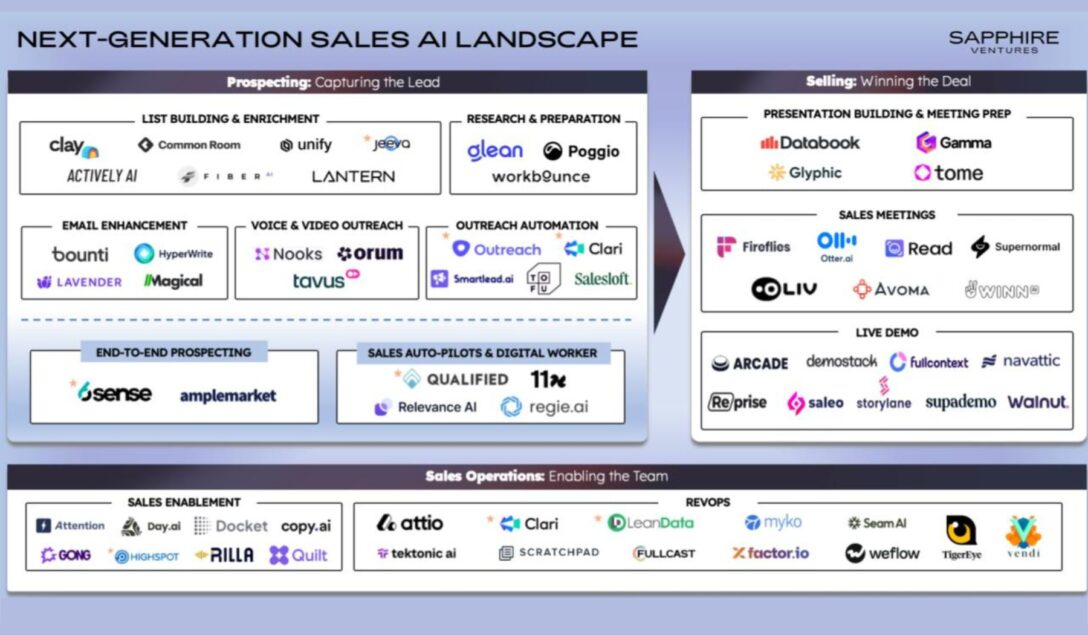
AI for pipeline generation
Pipeline generation is a good starting point for testing out AI-powered sales tools because they are generally experimentation-friendly and have clear success metrics. These tools transform inefficient SDR and sales ops workflows, with use cases like:
- Automating prospect research and data management
- Discovering new leads based on thousands of data sources and signals
- Prioritizing outreach based on which leads and accounts are most in-market
- Automating and orchestrating outreach across many channels
- Making the entire sales cycle shorter and smoother
To help you pick the right solutions for your company, we’ll walk you through three major areas of investment:
- List building and enrichment – Prospecting tools that automate intel gathering and data management for SDRs and Sales Ops.
- Power dialing and parallel dialing – Voice and video outreach tools that help the sales team hit their goals for outbound calls.
- AI SDRs – AI agents that automate functions like outreach, scheduling, and sharing personalized content.
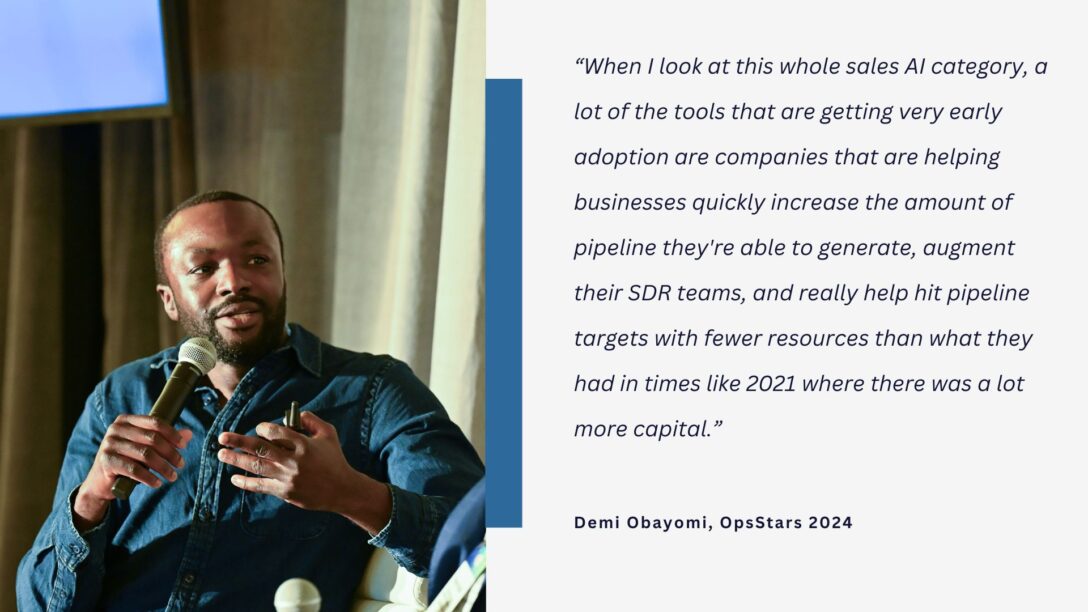
List building and enrichment
Tools for list building, enrichment, and prospect research automate the process of gathering intel, using it for perfectly timed, personalized outreach. Moreover, instead of manually updating records and qualifying leads, B2B sales teams can use these tools to maintain a robust, always-updated database.
SDRs can use these tools no matter what the current state of their CRM, quickly assembling a list of prospects from scratch or cleaning up thousands of records from years of outreach.
Plus, list building and enrichment tools help B2B sales teams maintain a comprehensive, trusted view of each record. Sometimes referred to as a “golden record,” this concept is more than just a single source of truth. It’s the product of data from hundreds of sources, all weighted and driven by complex logic to ensure each field is populated with the most accurate information.
Some enrichment tools also add intent data to lead records by processing signals from third-party sources that indicate they’re ready to buy. This helps SDRs prioritize outreach based on who’s likely to engage and convert, even if they weren’t on the team’s radar before.
Furthermore, AI enrichment tools are especially powerful when used for account-based motions, since they often uncover patterns across multiple leads at one account. Reps miss fewer opportunities for outreach when prospects are attributed to the same account and are exhibiting high-intent behavior.
What to look for in list building and enrichment tools:
- Automated lead discovery across many data sources, configurable to your ICP
- The ability to start a list from scratch based on existing prospect data
- Web scrapers and workflow builders that automate manual, unstructured SDR research
- Integrations with your CRM that auto-update and clean existing records
- Firmographic and technographic insights to enable segmentation
- Intent-based enrichment based on prospects’ behavior across a multitude of platforms and channels
List building and enrichment tools to try:

Power dialing and parallel dialing
AI dialing tools automate the calling process, collect call data, and help train SDRs on their target personas.
These new AI sales tools help SDRs navigate a market where prospects are inundated with emails and jaded by the latent, buggy auto-dialers of the past. With streamlined calling and smooth AI-to-agent handoffs, reps can focus on connecting with prospects instead of pushing buttons.
Dialers handle outbound calling at scale. Power dialers automate the calling process for one number at a time, while parallel dialers can reach out to multiple leads simultaneously and connect the rep to whoever picks up first. These AI dialers effectively navigate voicemails and phone directories so reps don’t have to.
Today’s power dialers and parallel dialers help your team do more high-value sales activities, connect to more prospects each day, and improve call outcomes based on AI call insights.
With proper training and enablement, they can revolutionize the way BDRs and SDRs do their outreach.
What to look for in power dialing and parallel dialing tools:
- AI voice detection and low-latency connections that reduce friction in handoffs
- Conversation intelligence that helps train on common objections and questions
- A virtual salesfloor where reps can do a “ride-along” to learn from calls and get motivated
- Data management features that identify or quarantine bad numbers for review
- Automatic number localization to improve pick-up rates
- AI and human-led coaching features that teach reps how to get the most from calls
- Built-in, configurable logic for managing call sequences, voicemail, and complex phone menus
- Call analytics at rep- and list-level to identify opportunities for improvement
Power dialing and parallel dialing tools to try:
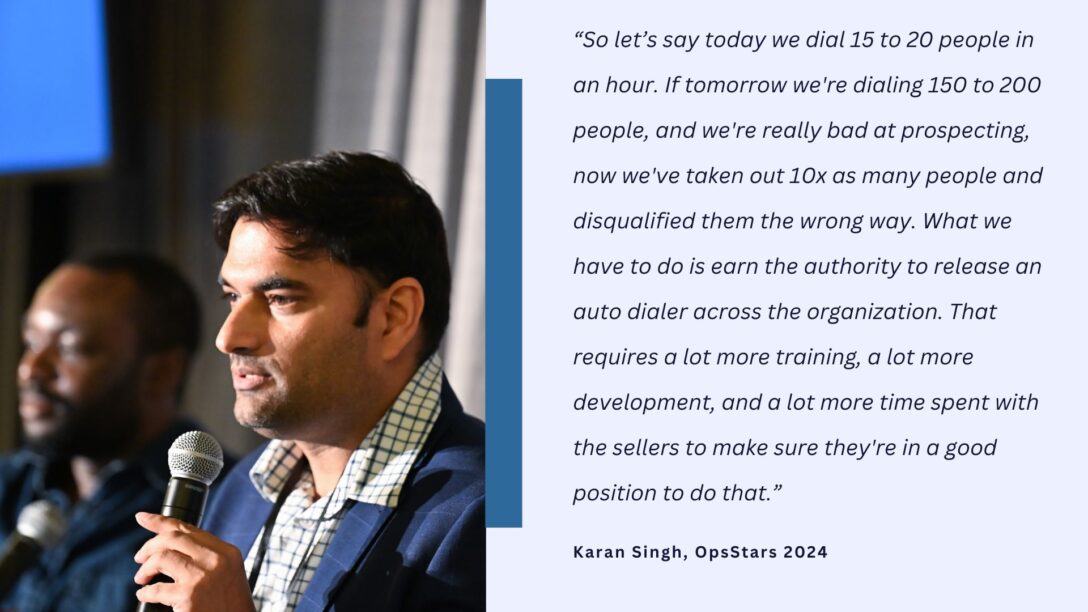
AI SDRs, agents, and video technology
AI SDRs and virtual agents help B2B sales teams automate and scale early-stage prospecting. They run on autopilot, available 24/7, and are always ready to engage.
These branded, named AI sales agents interact with prospects like any member of your sales team would. They email leads, schedule meetings, and engage in live chat to generate more pipeline from frontline conversations.
Some even look and talk just like you.
But AI SDRs don’t replace reps. Instead, they ensure that only truly qualified leads get handed off to a human, who can focus on having nuanced and productive sales conversations not possible with AI.
Many AI agents are part of a broader solution set, so examine each tool’s other features for overlap with other categories, like list building and research, AI content creation, and more, to get the most out of your investment.
Done right, adding an AI SDR to your team can boost lead-to-demo conversion rates, improve engagement metrics across multiple channels, and increase overall pipeline.
What to look for in AI SDRs, AI agents, and video technology:
- Ability to adjust the SDR’s avatar or appearance in videos
- Ability to train on your own conversation style, product, and brand
- AI content generation to compose personalized outreach via email or chat
- Automated lead follow-up sequences that trigger based on behavior or timing
- Integrations that enable seamless CRM handoff and detailed pipeline analytics
- Analytics on open rates, click rates, and engagement trends to optimize messaging
- AI copilot or autopilot that automatically delivers new qualified leads to reps
AI SDRs, AI agents, and video technology tools to try:
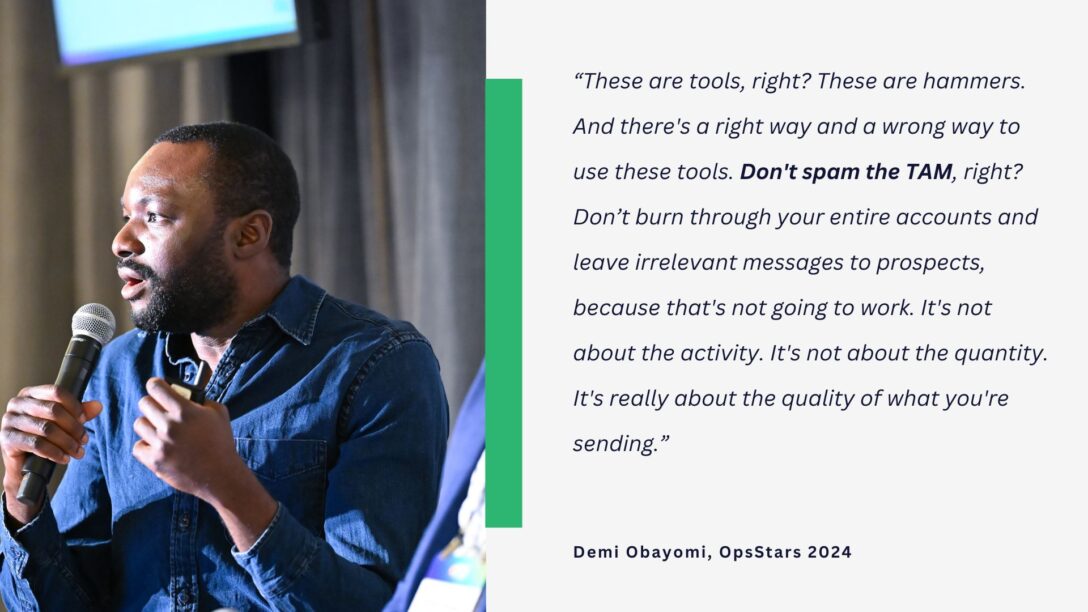
Don’t wait another year to adopt AI sales tools
If you haven’t invested in AI sales tools yet, don’t panic. There’s still time to adopt intelligent prospecting, dialing, and SDR solutions, but act soon.
As AI hype gives way to scalable, measurable ROI, you don’t want to be the last team typing in employee counts, scrolling LinkedIn for conversation starters, and waiting on the hold while your competition is closing deals.
Learn more about how to use AI sales technology effectively and avoid common pitfalls in this recording from OpsStars 2024, Sales AI Deep Dive: The Latest AI Vendors, Capabilities, and Trends Impacting Pipeline Generation.
